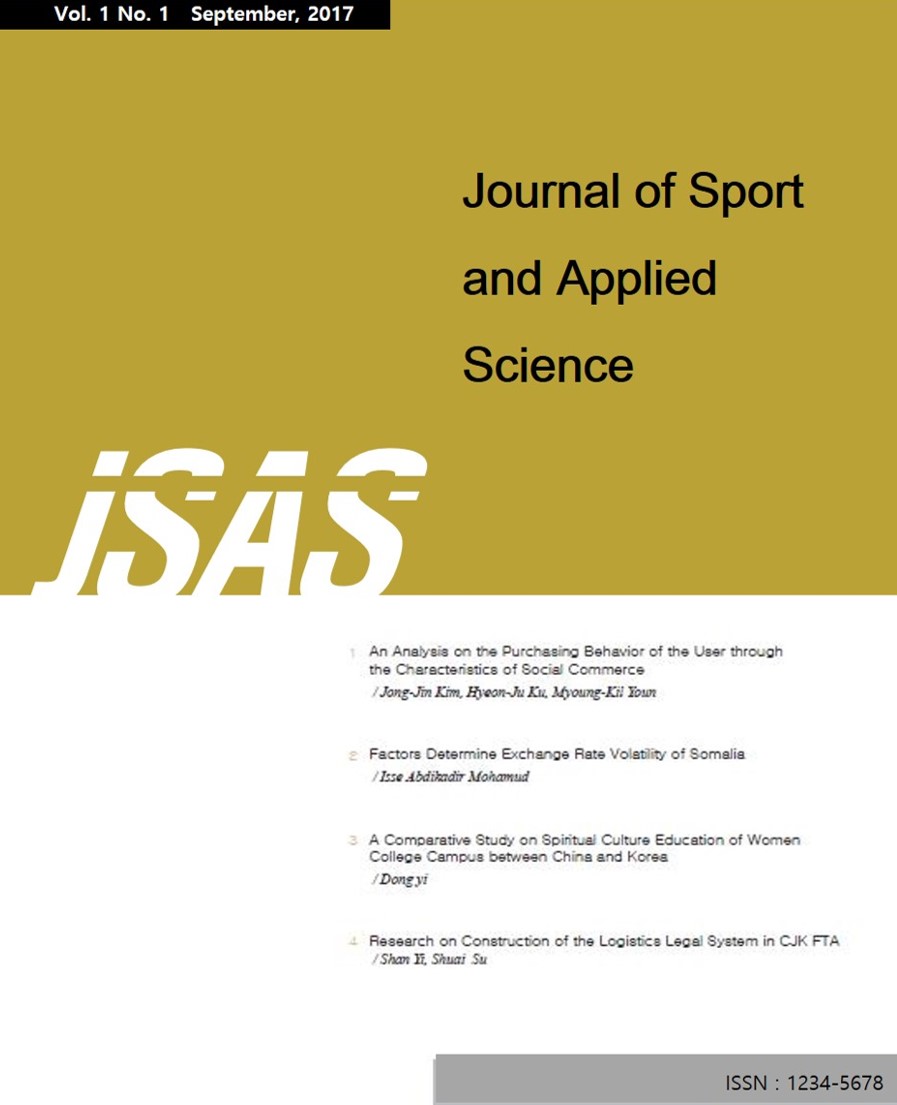 E-ISSN : 2586-6028
E-ISSN : 2586-6028
Sangbum PARK
Abstract
Purpose: The purpose of this study was to investigate differences in the control process to satisfy spatial and temporal constraints imposed upon the anticipation timing response by analyzing the effect of spatio-temporal accuracy demands on eye movements, response accuracy, and the coupling of eye and hand movements. Research design, data, and methodology: 12 right-handed male subjects participated in the experiment and performed anticipation timing responses toward a stimulus moving at three velocities (0.53m/s, 0.66m/s, 0.88m/s) in two task constraint conditions (temporal constraint, spatial constraint). During the response, response accuracy and eye movement patterns were measured from which timing and radial errors, the latency of saccade, fixation duration of the point of gaze (POG), distance between the POG and stimulus, and spatio-temporal coupling of the POG and hand were calculated. Results: The timing and radial errors increased with increasing stimulus velocity, and the spatio-temporal constraints led to larger timing errors than the temporal constraints. The latency of saccade and the temporal coupling of eye and hand decreased with increasing stimulus velocity and were shorter and longer respectively in the spatio-temporal constraint condition than in the temporal constraint condition. The fixation duration of the POG also decreased with increasing stimulus velocity, but no difference was shown between task constraint conditions. The distance between the POG and stimulus increased with increasing stimulus velocity and was longer in the temporal constraint condition compared to the spatio-temporal constraint condition. The spatial coupling of eye and hand was larger with the velocity 0.88m/s than those in other velocity conditions. Conclusions: These results suggest that differences in eye movement patterns and spatio-temporal couplings of stimulus, eye and hand by task constraints are closely related with the accuracy of anticipation timing responses, and the spatial constraints imposed may decrease the temporal accuracy of response by increasing the complexity of perception-action coupling.
- keywords
- Anticipation timing, Spatio-temporal constraints, Eye movements, Perception-action coupling
- Downloaded
- Viewed
- 0KCI Citations
- 0WOS Citations













